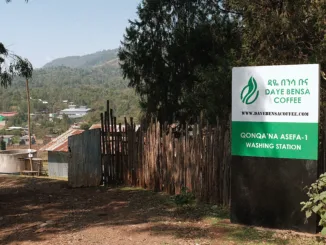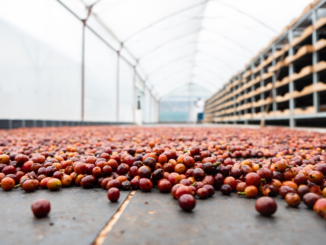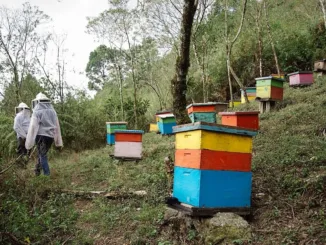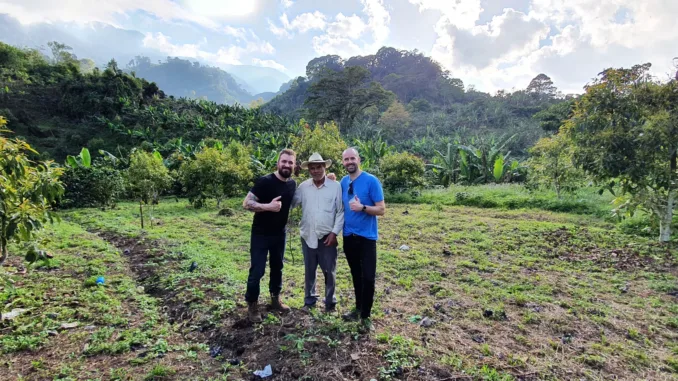
We explore the intricacies of ’direct trade’ in the coffee industry through insights from Nikola Sunko, green buyer and roaster at Bell Lane Coffee.
BY VASILEIA FANARIOTI
SENIOR ONLINE CORRESPONDENT
Photos courtesy of Bell Lane Coffee
In the dynamic world of specialty coffee, one term that constantly reverberates is “direct trade.“ Yet, amidst the buzz, pinning down its exact definition has proven to be a perpetual challenge. Recently, I had the privilege of attending a thought-provoking talk by Nikola Sunko, green buyer and roaster at Bell Lane Coffee, where he delved into the enigmatic nature of direct trade and its practical applications.
Drawing from his experience in the industry, Nikola delved into the ideas behind how he defines “direct trade,“ and what lessons can be learned from its practical applications—in the talk and during an additional interview. Join me as we unravel Nikola’s insights, gaining a deeper understanding of the intricacies that often shape the green side of coffee.
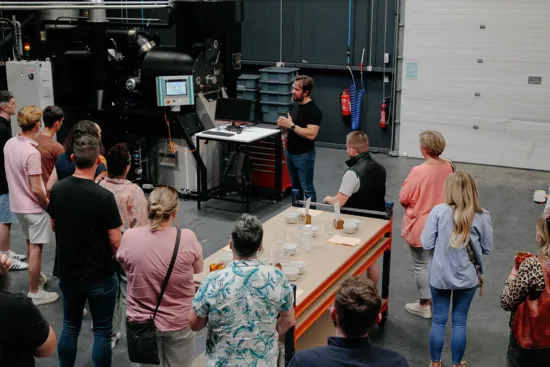
The Evolution of Direct Trade
Initially, the term “direct trade“ in the coffee industry held a straightforward connotation: a direct transaction between a roaster and a coffee producer, bypassing parties in the middle. It symbolized a departure from traditional trading practices, emphasizing quality, sustainability, and fairer prices for producers.
Yet, as the industry grapples with the intricacies of direct trade, challenges emerge, blurring its once-clear definition. Issues such as intermediary involvement, processing methods, and logistical complexities complicate the narrative. Nikola highlighted the ambiguity surrounding the term, suggesting the traditional notion of one-to-one relationships is increasingly challenged by the realities of coffee production and trade.
“One of the most common beliefs I encountered early on was that direct trade should exclude exporters or ‘middlemen.’ Yet, as a green buyer, I quickly realized that this notion is far from accurate,“ Nikola said. “Exporters, in general, play a significant role at origin beyond just exporting coffee. I’ve had the privilege of meeting and continuing to work with exporters who uphold strong values. I see their role as crucial in connecting roasters with producers and aiding producers in scaling their operations, achieving financial stability, enhancing quality, and staying abreast of market trends. While there are exceptions, it’s incumbent upon roasters to seek out individuals who share the same values.”
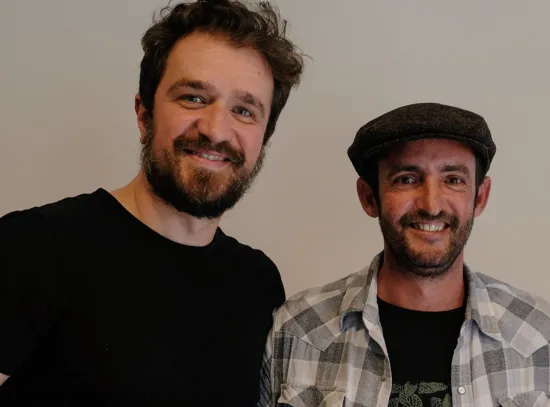
Challenges and Misconceptions
Over time, the term “direct trade“ in the coffee industry has evolved from a simple concept of bypassing intermediaries to encompass a complex network of relationships and practices. Today, many roasters engage in direct trade without explicitly labeling their products as such. It has become apparent that merely being “direct“ is no longer sufficient in the modern market.
Nikola observed that consumers now seek tangible proof and, equally importantly, a justification for why the direct-trade approach is taken. “Initially, direct trade served as a competitive edge to boost sales for the majority. However, our industry is evolving rapidly, and within this short timeframe, we simply haven’t had enough time to develop a vocabulary to accurately describe the processes and systems that roasters implement when engaging in direct trade,” he said. ”Take, for example, the term “anaerobic fermentation.“ Every fermentation process is anaerobic, regardless of how we attempt to describe it. Similarly, the term ’direct’ suffers from the lack of a universal definition. Each roaster puts their own unique twist on it.”
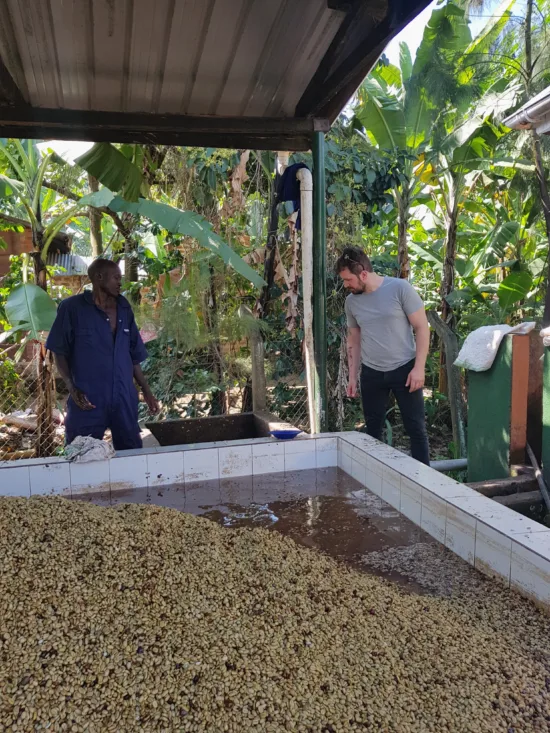
Nikola further highlighted another common misconception surrounding direct trade: the belief that it always results in better pay for coffee producers, “It is far from true. I’ve seen examples of direct concepts where pricing was below the producer’s expectations,” he said.
These observations underscore the need for open conversations regarding the challenges inherent in direct trade. Despite its noble intentions of ensuring fairer prices for coffee producers, the reality can sometimes fall short. So how can a direct-trade relationship fulfill its true purpose as a trusting business partnership between multiple stakeholders?
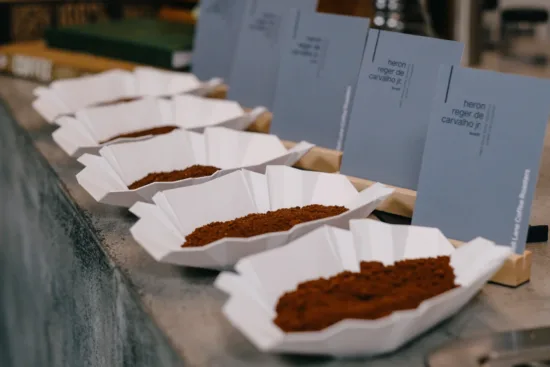
Transparency as the Foundation
Transparency, according to Nikola, is the cornerstone quality for a coffee relationship to qualify as direct trade. He stressed that transparency is not only crucial for consumers but also for producers, exporters, and roasters alike. For Nikola, open discussions about pricing and quality among all stakeholders lay the groundwork for success and growth.
Reflecting on the main challenges of establishing and maintaining direct-trade relationships, he emphasized the significance of building genuine connections over time. “Establishing a direct-trade relationship is undoubtedly more challenging than maintaining one,“ he said. “Consider this analogy: It’s akin to conversing with someone you just met versus having a discussion with the same person three years later. The depth of understanding and appreciation vastly differs over time.”
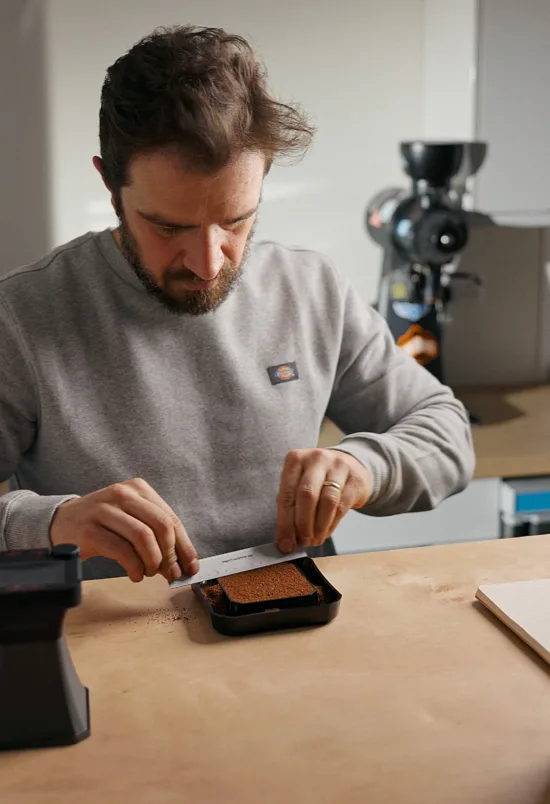
Initiating a direct-trade relationship, particularly one focused on fostering a genuine connection, resembles seeking a compatible partner. Finding the right fit can indeed be daunting. Nikola continued, “Coffee, being an agricultural product, carries inherent risks. Quality might not always meet the roaster’s expectations, or production issues like leaf rust can hinder the producer’s ability to meet agreed volumes. Additionally, there’s the risk of payment from the roaster’s side, especially for smaller roasteries heavily reliant on client loyalty. Any downturn in volumes could potentially lead to payment complications.”
According to Nikola, early contract agreements and upfront financing can demonstrate dedication and foster transparency in direct trade relationships. When asked about advice for customers seeking to support authentic direct-trade initiatives, Nikola encouraged dialogue with roasters.
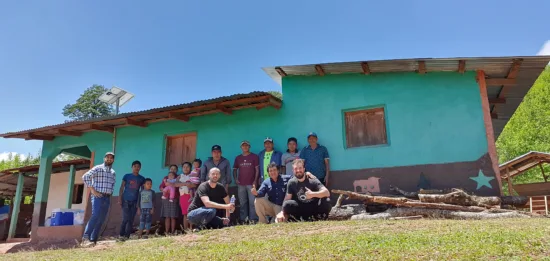
”I believe the majority of specialty roasters who advertise direct trade are doing a good thing,” Nikola said. ”And for sure, their approach changes year by year as we learn more with time, which is important. We all are very passionate about what we do, so I would advise customers to please reach out to your roaster, and for sure they will be happy to talk about their sourcing model.”
As the coffee industry grapples with the complexities of direct trade, it’s essential to question the efficacy of current practices. Are we truly fostering equitable partnerships, or are we merely perpetuating marketing gimmicks? Embracing transparency and accountability is not just a choice but a responsibility, challenging us to redefine what it truly means to trade ”directly” in the pursuit of fairness and sustainability.
ABOUT THE AUTHOR
Vasileia Fanarioti (she/her) is a senior online correspondent for Barista Magazine and a freelance copywriter and editor with a primary focus on the coffee niche. She has also been a volunteer copywriter for the I’M NOT A BARISTA NPO, providing content to help educate people about baristas and their work.
Subscribe and More!
Out now: It’s the April + May 2024 issue of Barista Magazine! Read it for free with our digital edition. And for more than three years’ worth of issues, visit our digital edition archives here.
You can order a hard copy of the magazine through our online store here, or start a subscription for one year or two.



